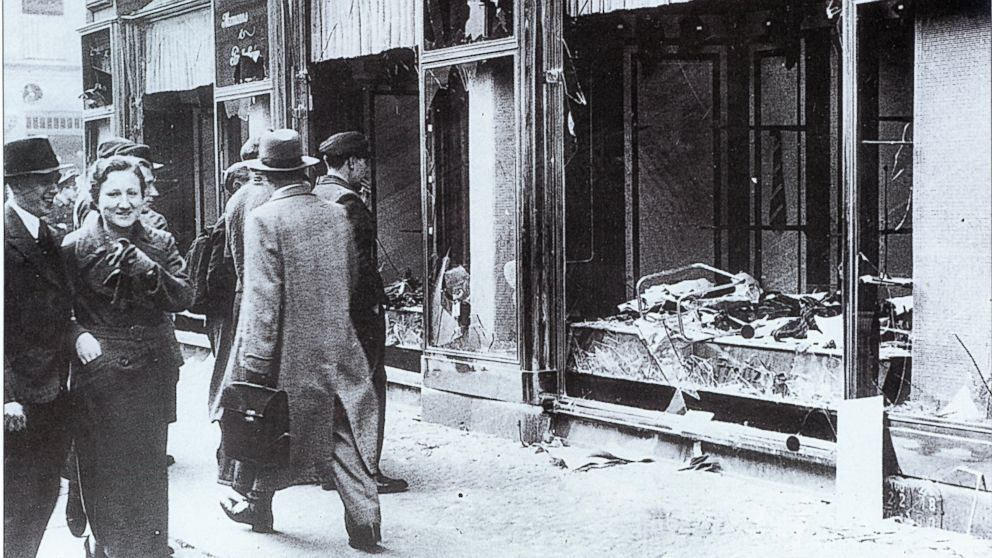How the World Shrugged Off Kristallnacht
Remembering Kristallnacht 75 years after Nazi rampage.

Nov. 9, 2013— -- In the days surrounding Nov. 9, 1938, the Nazis committed the worst pogrom Germany had seen since the Middle Ages. To mark the incident's 75th anniversary, an exhibition in Berlin gathers previously unknown reports by foreign diplomats, revealing how the shocking events prompted little more than hollow condemnation.
Consul-General Robert Townsend Smallbones had already seen much of the world. He had been in Angola, Norway and Croatia, and he had spent eight years in Germany with the British diplomatic corps. Despite the Nazi dictatorship, the 54-year-old held Germans in high esteem. They were "habitually kind to animals, to children, to the aged and infirm. They seemed to me to have no cruelty in their makeup," Smallbones wrote in a report to the British Foreign Office.
Given his impression of the Germans, the representative of the British Empire was all the more astonished by what he experienced in early November 1938. In Paris, Herschel Grünspan, a 17-year-old Jewish refugee from the northern German city of Hanover, had shot the German diplomat Ernst vom Rath in an act of protest against Hitler's policies regarding the Jews. At first, the Nazis only hunted down Jews in the Hesse region of Germany, surrounding Frankfurt. But, after Rath's death on Nov. 9, the pogroms spread throughout the German Reich, where synagogues were burned, Jewish shop windows were smashed and thousands were taken to concentration camps and mistreated.
Smallbones reported from Frankfurt that Jews had been taken to a large building and forced to kneel and place their heads on the ground. After some of them had vomited, Smallbones writes, the "guards removed the vomit by taking the culprit by the scruff of the neck and wiping it away with his face and hair." According to Smallbones' account, after a few hours, the victims were taken to the Buchenwald concentration camp, where many were tortured and a few beaten to death. The prisoners were even forced to urinate into each other's mouths. This was one of the details Smallbones learned from a golfing partner, a German Jew, after the latter's release from Buchenwald.
"I flattered myself that I understood the German character," the consul-general wrote, but added that he had not expected this "outbreak of sadistic cruelty."
The pogroms in November 1938 lasted several days, although history books often refer to the event merely as one "Night of the Broken Glass" (Kristallnacht) because Nazi propaganda chief Joseph Goebbels announced on the radio on Nov. 10 that the excesses had ended. Experts estimate that up to 1,500 people died in the days surrounding Nov. 9. It was the worst pogrom in Germany since the Middle Ages.
Gathering Contemporary Diplomatic Accounts
This week marks the 75th anniversary of what Leipzig-based historian Dan Diner has called the "catastrophe before the catastrophe." This prompted the German Foreign Ministry to take the unusual step of asking 48 countries that had diplomatic missions in Germany in 1938 to search their archives for reports on the November pogrom.
For months, the Foreign Ministry has been receiving copies of historical documents previously unknown to experts. Beginning next Monday, the Foreign Ministry and the Berlin Centrum Judaicum will display a selection of the documents at the New Synagogue on Oranienburger Strasse, in an exhibition titled "From the Inside to the Outside: The 1938 November Pogroms in Diplomatic Reports from Germany."




